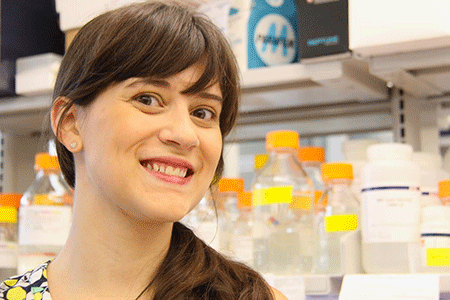Researchers have uncovered links between autism and rare genetic mutations that cause seizures.
Scientists are investigating mutations in the HNRNPU gene. These mutations cause a syndrome that leads to learning disabilities, distinct facial features, seizures and, sometimes, autism.

Dr Meena Balasubramanian, who believes most patients with HNRNPU mutations have “autistic traits”
Work led by Sheffield-based geneticist Dr Meena Balasubramanian found seizures are common from early childhood in this condition. They begin with fevers.
‘Most patients have autistic traits’
Balasubramanian said “most patients” with HNRNPU mutations have “autistic traits”. However, “only a proportion have a formal diagnosis of ASD”.
Many of those identified with HNRNPU mutations have been picked up through Deciphering Developmental Disorders (DDD). This is a study examining the cause of undiagnosed genetic conditions.
Madelyn Gillentine is a senior researcher in a team of autism geneticists at the University of Washington, in Seattle.

Madelyn Gillentine, who suggests around 25 per cent of those with mutations in the HNRNPU gene have autism
The team collected genetic data from more than 11,000 people with neurodevelopmental conditions. Eleven of these have mutated HNRNPU genes.
Genetic mutations and autism
The University of Washington team is also investigating how the genetic mutations can be a factor in causing autism.
Gillentine believes the rate of autism in those with mutated HNRNPU genes is “about 25 per cent”.
But she believes the “proportion could change over time” as more people are seen with the condition.
Physical problems
Last year, research led by Nuria Bramswig at the University of Duisburg-Essen, in Germany, linked variants of HNRNPU to a range of physical problems.
These included low muscle tone and heart, kidney and central nervous system problems.
Other research has linked the variants of HNRNPU to additional problems. These include microcephaly, or an abnormally small head, and the partial or complete absence of a part of the brain that connects two hemispheres.
Related:
- Gene find points to better treatment
- Tests developed to detect autism
- Gene link found to autistic behaviours
- New genetic tests point to treatments
- Risk linked to common genes
- Brain size linked to gene mutation
- Gene defect points to possible treatment
Published: 16 August 2018

















